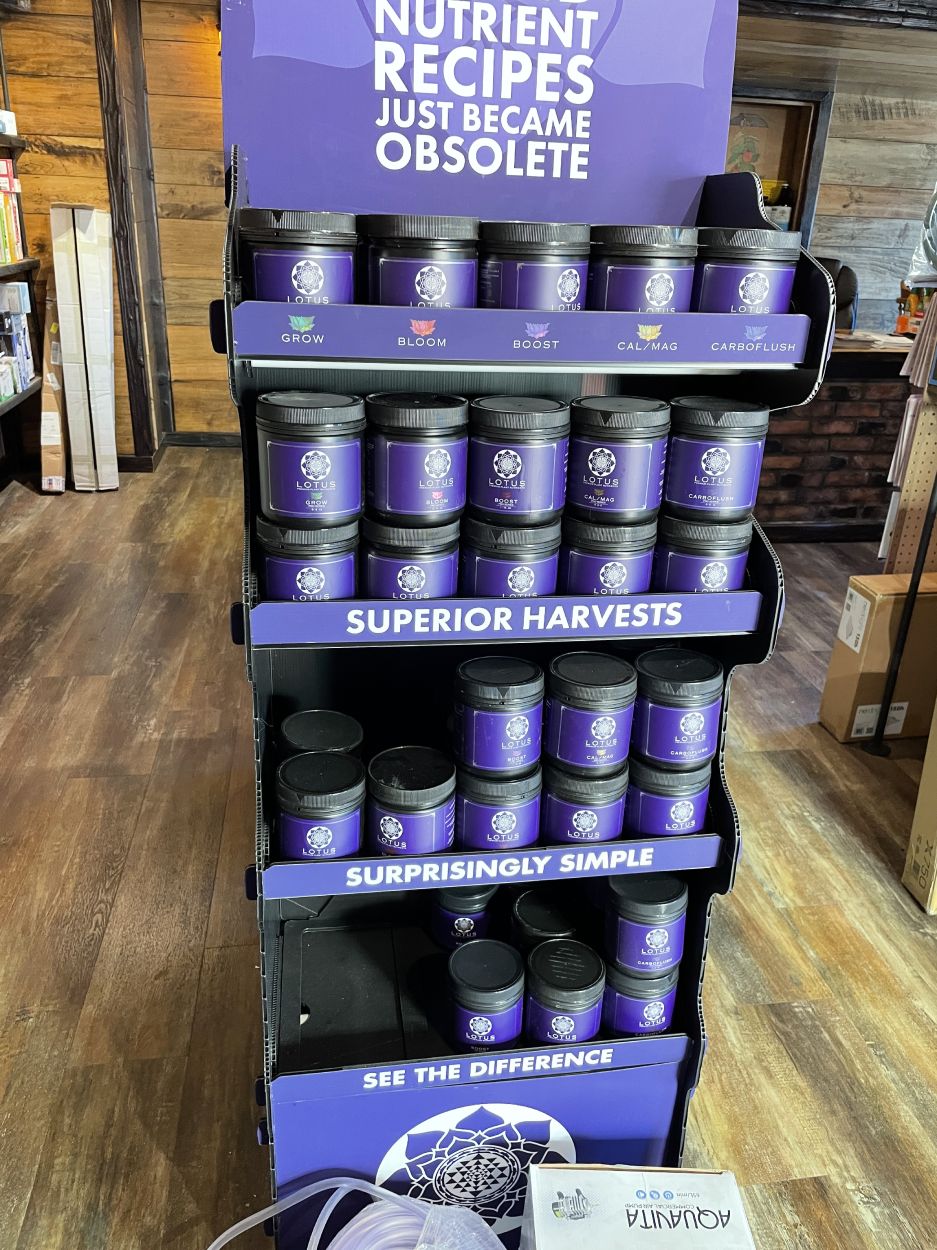Unlocking the Potential of Hydroponics: Comprehending Its Makes Use Of and Different Kinds
Hydroponics, an approach of cultivating plants without dirt, has garnered enhancing interest for its possible to transform agriculture and gardening techniques. The accuracy control over nutrient delivery, water usage, and environmental aspects uses a glimpse into a future where food production can be maximized in numerous settings. As we navigate through the elaborate landscape of hydroponic systems and techniques, it ends up being apparent that each technique holds distinct benefits and limitations. By untangling the diverse usages and kinds of hydroponics, we can uncover a world of possibilities that may reshape exactly how we picture sustainable farming and horticulture practices.
Benefits of Hydroponic Equipments

An additional benefit of hydroponic systems is the capacity to grow plants in a smaller area. Hydroponic systems lower the danger of soil-borne illness and pests, as there is no dirt to nurture these dangers.
Typical Utilizes in Farming

Given the effective water conservation and space-saving advantages of hydroponic systems, it appears that these innovative agricultural approaches have discovered usual uses in numerous markets of agriculture. In conventional agriculture, soil-based farming can be labor-intensive and land-consuming. Hydroponics provides a solution by permitting crops to be expanded without soil, reducing water usage by as much as 90% contrasted to conventional farming approaches. This makes hydroponics specifically appropriate for areas encountering water scarcity or minimal cultivatable land. Additionally, the controlled environment of hydroponic systems allows year-round growing, offering a regular supply of fresh fruit and vegetables no matter exterior weather.
Hydroponics is typically made use of for growing a selection of plants, consisting of leafy environment-friendlies, tomatoes, cucumbers, herbs, strawberries, and peppers. Its flexibility encompasses vertical farming, city farming, and greenhouse production. Furthermore, hydroponic systems are made use of in research and instructional settings to research plant nutrition, growing, and development techniques. The versatility and performance of hydroponics make it an important tool in modern-day farming, addressing the difficulties of sustainability, food protection, and resource optimization.
Exploring Different Hydroponic Techniques
What are the various innovative techniques utilized in hydroponics to boost plant farming effectiveness and produce? Hydroponic systems use a variety of methods that accommodate different plant types and growing objectives. One preferred method is the Deep Water Culture (DWC) system, where plant roots are immersed in a nutrient remedy, supplying adequate oxygen and nutrients. Another commonly used approach is the Nutrient Film Technique (NFT), which entails a superficial stream of nutrient option flowing over the plant origins, advertising water and nutrient uptake. Furthermore, the Ups and downs system, additionally referred to as the Flooding and Drain i was reading this system, periodically floodings the plant roots with nutrient remedy, enabling for oxygenation during draining pipes durations. Aeroponics is another advanced strategy that includes misting plant origins with a nutrient option, making best use of oxygen absorption and nutrient uptake. Each of these methods showcases the versatility and performance of hydroponic systems in improving plant development and yield.
Contrasting Various Hydroponic Equipments
Exploring the effectiveness and return enhancement methods in hydroponics leads us to contrast various hydroponic systems offered for plant cultivation. Each hydroponic system has its special features, advantages, and constraints, making it essential useful source for cultivators to pick the most suitable system based on their details needs and restraints.
One of the most common hydroponic systems is the nutrient film strategy (NFT), where a thin film of nutrient remedy continuously moves over the plant origins. In comparison, the deep water society (DWC) system immerses plant origins directly into the nutrient option, supplying adequate oxygen and nutrients.
One more prominent hydroponic system is the ebb and flow (or flood and drain) system, which periodically floodings the plant origins with nutrient service prior to draining it. This cyclic procedure makes certain correct oygenation for the roots while delivering nutrients efficiently. Additionally, the aeroponic system puts on hold plant origins in the air and mists them with a nutrient service, promoting quick growth and high oxygenation levels. Growers searching for a functional system that lessens water usage typically select aeroponics. By understanding the distinctions in between these hydroponic systems, farmers can make educated choices to make the most of crop return and high quality.
Innovations in Hydroponic Modern Technology
With developments in hydroponic technology, the agricultural sector is experiencing a change towards extra effective and lasting cultivation approaches. Innovations in hydroponic modern technology are revolutionizing the method plants are expanded by taking full advantage of returns, conserving sources, and reducing environmental influence. One key advancement is the development of wise hydroponic systems that use sensing units and automation to keep track of and change ecological conditions such as pH levels, nutrient concentrations, and light direct exposure in real-time. These systems enable accurate control over expanding problems, leading to optimal plant growth and greater plant returns.
One more significant innovation is the assimilation of upright farming strategies with hydroponic systems, allowing for the cultivation of crops in stacked layers. This vertical approach maximizes space utilization, making it ideal for urban atmospheres where land schedule is restricted - The Indoor Earthworm. Furthermore, making use of sophisticated LED illumination systems tailored to details plant needs has improved energy efficiency and boosted development prices in hydroponic configurations
Technologies like these are driving the development of hydroponics, making it a extremely appealing and sustainable alternative for contemporary agriculture.
Verdict
In final thought, hydroponics offers countless benefits in farming and has different techniques and systems that can be made use of to maximize its potential. Advancements in hydroponic innovation remain to enhance efficiency and sustainability in food manufacturing. By recognizing the usages and different kinds of hydroponic systems, farmers Full Article and cultivators can unlock the complete capacity of this cutting-edge technique of growing plants without dirt.
Additionally, hydroponic systems permit for better control over nutrient levels, pH equilibrium, and environmental problems, leading to healthier plants and higher returns.

Comments on “Discover the Ultimate Planting Method: The Indoor Earthworm Approach”